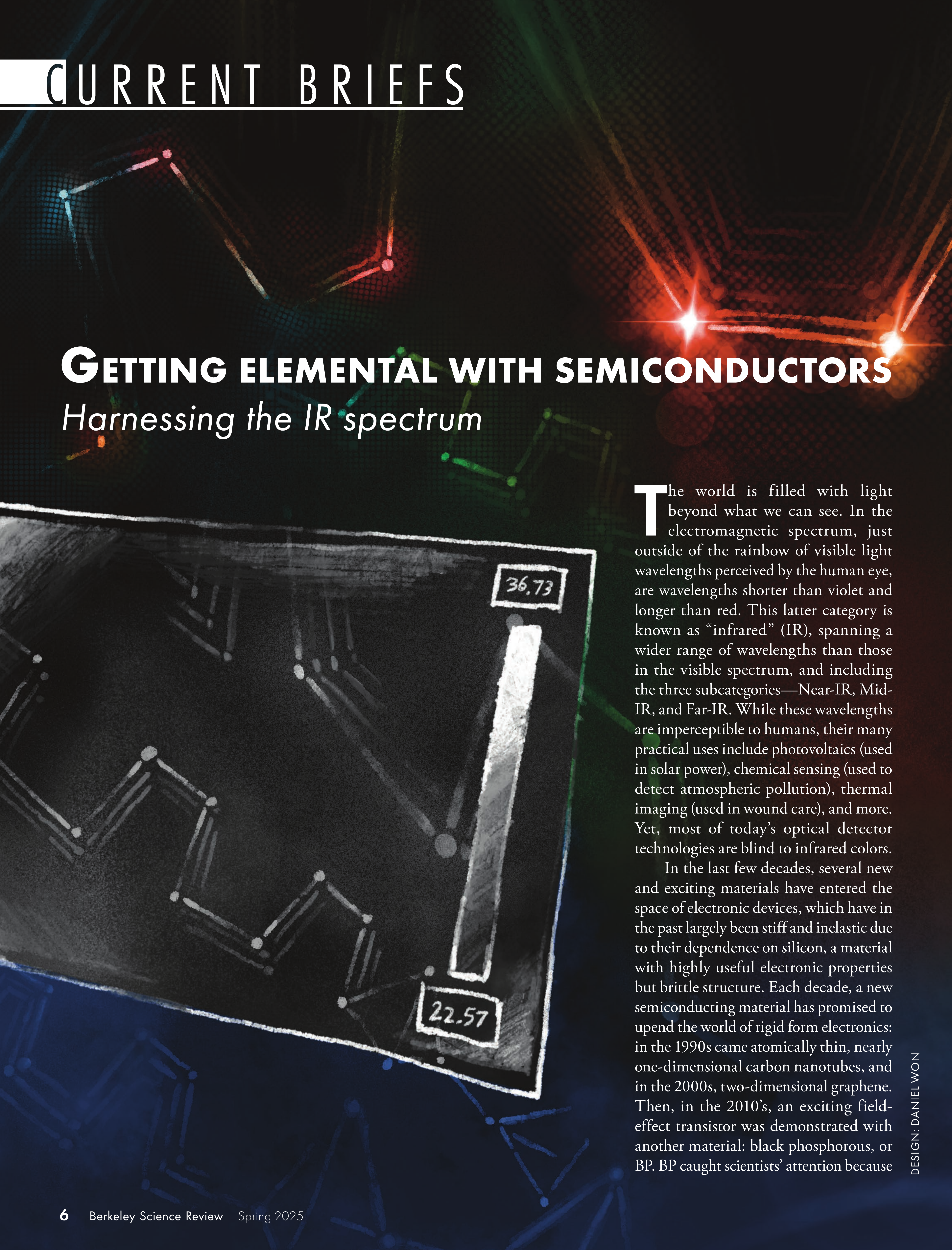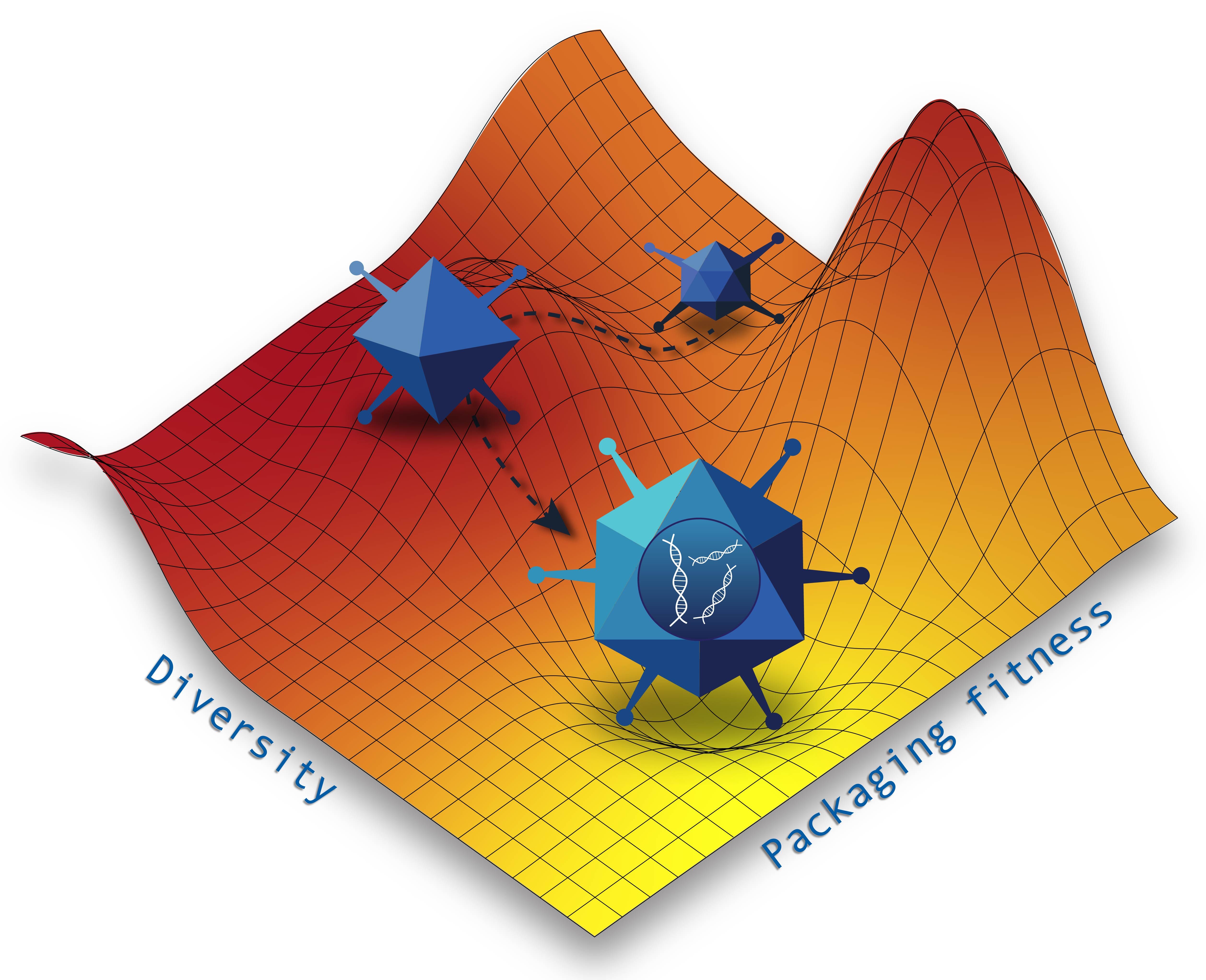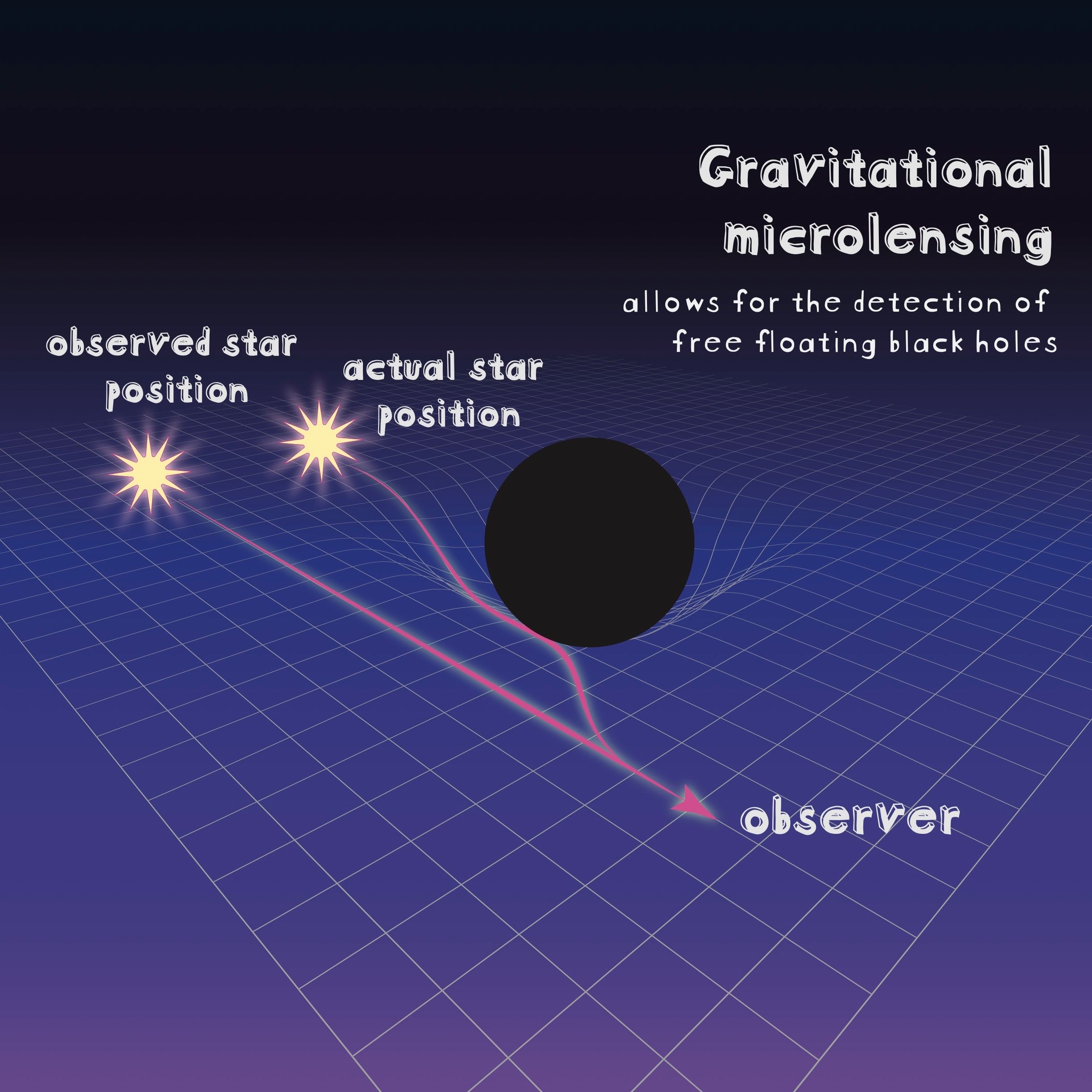Leading the charge to better batteries
How an open source AI is accelerating materials science

Everyone I know hates the price of gas, yet many car owners hesitate to switch to electric vehicles (EVs) due to range anxiety and charging inconvenience. Last year, my friend and I learned this the hard way when we rented a Nissan Leaf and unwittingly drove into an EV charging desert. To our horror, the battery’s charge unexpectedly plummeted from 70 percent to 20 percent, forcing us to crawl down the highway at 20 miles per hour. By coasting downhill and relying on regenerative braking, we barely reached the nearest charging station—arriving with just 1 percent charge remaining.
Even if you don’t drive an EV, battery technology is embedded in everyday life, from powering laptops to stabilizing our electrical grid. Material scientists are aware of the pitfalls and promises of batteries, and they are working hard to address our complaints. For example, researchers are pushing to enhance energy storage, allowing batteries to hold more charge without increasing their size or weight. Others are improving fast-charging capabilities, reducing overheating, and extending battery lifespan. If our understanding of battery chemistry were more systematic and predictive, I would not have been frantically searching for charging stations in the Nissan Leaf.
PhD researcher Bowen Deng and Professor Gerbrand Ceder from UC Berkeley’s Department of Materials Science & Engineering are making headway in tackling these challenges. Deng specializes in simulations that track how batteries charge and degrade over time. Traditionally, these atomistic simulations require days or weeks to run on supercomputers. However, Deng and Ceder developed CHGNet, a machine-learning-based simulation tool that completes these calculations in a fraction of the time on a single desktop. By training CHGNet on a vast dataset, Deng enabled the tool to quickly and accurately approximate interatomic forces, making complex battery behavior much easier to predict.
One of the biggest challenges in battery modeling is accurately representing certain metals, known as transition metals, that help move lithium ions by shifting between different states. For example, iron (Fe) can switch from one form (Fe³+) to another (Fe²+) to allow lithium ions to move within a battery. “Because battery materials can change charge states, CHGNet needed to predict these interactions accurately,” explains Deng. To improve this, he added magnetic moments—tiny magnetic effects created by electrons that influence how charge moves—into CHGNet’s training data. This upgrade made CHGNet better at modeling charging behavior, helping advance research on batteries, fuel cells, and other energy technologies. Deng was pleasantly surprised to learn that “CHGNet is making a splash in the electrochemistry community.” He points out that one of CHGNet’s strengths is that it is open source and free to license. Freely licensed code is not as common in industry because, Deng asserts, “the field of artificial intelligence costs a lot of money, so oftentimes companies need to monetize their AI agents in order to recuperate the cost.” However, Deng found that making CHGNet open source improved the operation and accuracy of his code. Because his code is available and free to use, researchers that Deng has never met are using his tool’s predictions, validating them experimentally, and even contributing to newer versions of the tool. For example, other researchers are using CHGNet to study solid state electrolytes, components within batteries that could enhance the range of an EV by up to 500 miles per charge. Additionally, because CHGNet does not hide simulation parameters from the user, it can easily be customized and fine-tuned to benchmark and enhance accuracy for specific chemistries. This fine-tuning allows researchers to explore unconventional material configurations and charge states beyond what standardized models permit. By allowing the broader scientific community to refine and expand its capabilities, CHGNet is accelerating progress in battery research beyond what a single lab could achieve alone.
While batteries are already widely used in society, thanks to materials scientists like Deng and Ceder, we can look forward to new and optimized chemistries in the future. Understanding charge states, optimizing new electrode materials, and discovering novel electrolyte formulations are just some of the areas that could benefit from faster, more accurate simulations. With CHGNet and open-source science, the future of energy storage is becoming clearer. The next time I drive an EV, I might not have to worry about getting stranded on the highway.
This article is part of the Spring 2025 issue.





